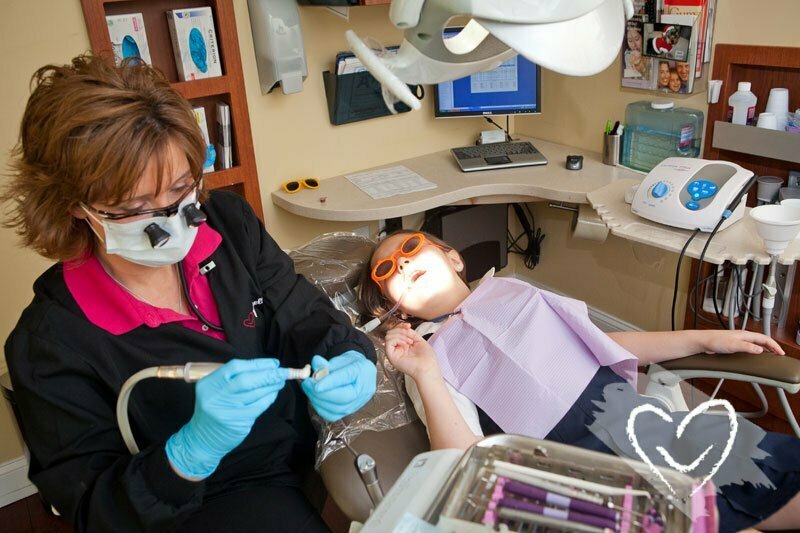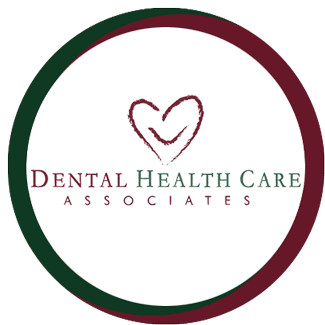Our Services
 Primary teeth are just as important as permanent teeth for chewing, speaking, and appearance. In addition, the primary teeth reserve space in the jaws for the permanent teeth.
Primary teeth are just as important as permanent teeth for chewing, speaking, and appearance. In addition, the primary teeth reserve space in the jaws for the permanent teeth.
As your child grows, the jaws also grow, making room for the permanent teeth that will begin to appear in the child’s mouth around 6 years old. Typically children will have the majority of their permanent teeth by 12 or 14 years old with the remaining four permanent molars (wisdom teeth) erupting around age 21.
Both primary and permanent teeth help give the face its shape and form. A baby’s front four teeth usually appear first, typically around 6 months old, although some children don’t get their first tooth until about 12 or 14 months old. Most children will have all 20 of their baby teeth by their third birthday.
Starting Good Dental Habits
Starting good dental habits at an early age can lead to many positive dental experiences down the road. At Dental Health Care Associates, we follow the ADA guidelines that recommend children come to the dentist by their first birthday.
Their First Visit
 The child’s first dental visit will usually take place with one of our dental hygienists. During that visit we will review the child’s dental and medical histories and answer any questions that you might have.
The child’s first dental visit will usually take place with one of our dental hygienists. During that visit we will review the child’s dental and medical histories and answer any questions that you might have.
We also provide a complete oral examination to assess growth and development, oral hygiene, and check for any cavities or other problems. We will then clean the child’s teeth and provide suggestions about daily oral care for your child. The child will also meet and be examined by the dentist and have a fluoride treatment applied to help reduce the risk of tooth decay.
Recommendations
You should continue to brush your child’s teeth for them until they are about 6 years old. By this age children should be able to brush their own teeth twice a day with supervision (until about age 10).
Toothpaste that contains fluoride can be used once the child is old enough to understand that they should not swallow the toothpaste, usually around 4 years old.
Continued Care
From their first dental visit, we will recommend that you continue to bring your child in to see the hygienist every six months. As your child is growing and developing, your hygienist will help you to customize your child’s oral care to meet their needs, as well as continue to check for developmental issues.
Orthotain
Some oral issues that we check for in addition to cavities is thumb sucking, orthodontic concerns, and tongue tied. For young children who are thumb suckers or who have crowded teeth, orthotain may be an option.
Orthotain is a process to straighten teeth without the need for braces. This technique accelerates the process of straightening teeth by combining the separate stages of orthodontic treatment into one step. The orthotain device is a soft plastic device containing sockets arranged in such a way that when the patient exercises (bites down) with the appliance the teeth are moved or guided into an ideal position. Problems such as overbite, crowding or spacing, and thumb sucking are corrected. As the adult teeth begin to erupt they are guided into the sockets of the soft plastic appliance.

